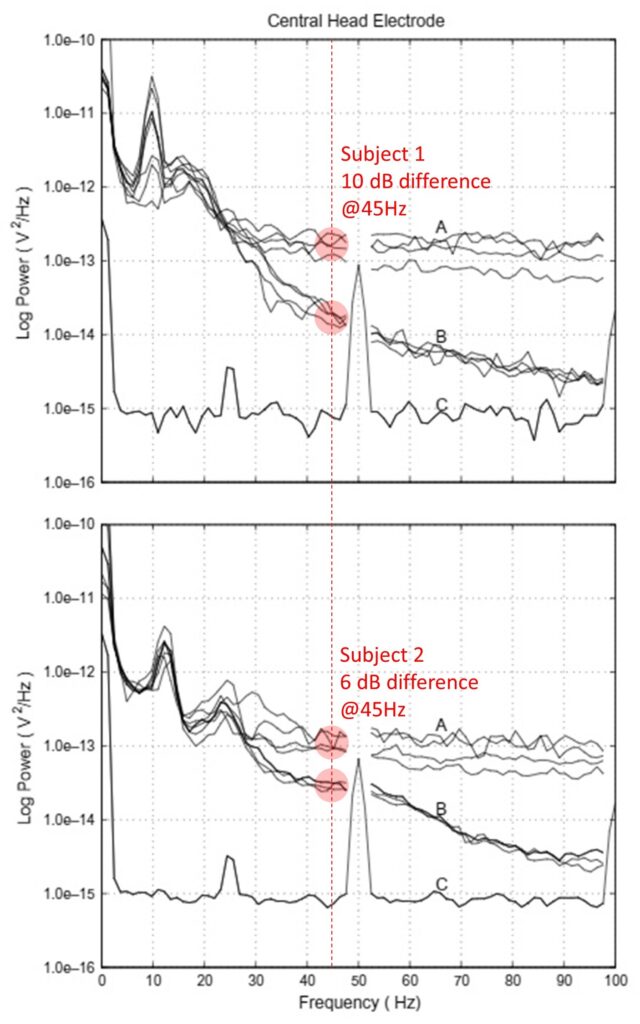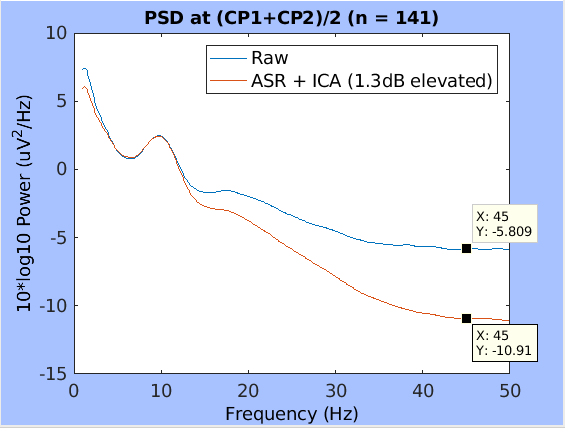For automated scalp-EEG denoising, I always use EEGLAB plugin clean_rawdata(), which includes now popular artifact subspace reconstruction (ASR), and ICA. The clean_rawdata() was written by my former colleague Christian Kothe as a offline-version of his BCILAB data cleaning pipeline upon my request. I just wrote a wrapper for it to make it into an EEGLAB plugin. I reported this historical fact in the Section 6 of this Supplementary Materials for record https://academic.oup.com/cercorcomms/article/1/1/tgaa046/5881803#207580614 ASR is an ideal preprocessing for ICA due to compensatory properties. ASR uses non-stationary approach (sliding windows), while ICA uses stationary approach (a single spatial filter that is suppose to be valid for every data point). ASR can handle artifacts with an astronomically large outlier, which can cause instant death to ICA, or even if does not kill it will certainly destroy the result into nonsense (Have you ever seen explosive scalp topos?) Controlling the performance of ASR is not as easy as applying ICA (which is just a button press), but the rule of thumb is that use SD = 20 and you are fine (for quantitative evidence, see my colleague Chiyuan’s paper https://ieeexplore.ieee.org/abstract/document/8768041 “…Conclusions: Empirical results show that the optimal ASR parameter is between 20 and 30, balancing between removing non-brain signals and retaining brain activities.“)
However, this advocation of the performance of ASR + ICA is only qualitative. How can the performance be proven? Here comes in the eternal-recurrence problem of EEG research: the lack of the ground truth. EEG research is doomed by this problem. The vacancy of the ground truth corroded EEG researcher’s mind so that now they believe more in colorful figures produced by fancy-sounding signal processing techniques than scientific thinking. Once I pointed out that it is an erroneous attempt to compensate science with engineering–we should ask ourselves if we are using the colorful figures to stay closer to the ground truth. Fortunately, someone knowledgeable told me about a nice study that shows ground truth of EMG contribution to scalp-recorded EEG (Whitham et al., 2007 https://www.sciencedirect.com/science/article/abs/pii/S1388245707001988?via%3Dihub). I like this study so much that this time I decided to pay $48.30 to Elsevier to get the license to show their nice plot for you.

You see a ordinary-looking PSD plots from two subjects in the top and the bottom plots, but there are curves A and curves B. What do you think is the difference between A and B in each plot? The answer is muscular paralysis. Because the paralyzed muscle generates zero EMG, PSD in B serves as a ground truth of EEG with no EMG. At 45 Hz, the difference between A and B are 6 and 10 dB for each subject. Let’s compare these values to our typical application of ASR + ICA.

This plot was generated for writing a rebuttal to one of the comments made by a reviewer said ‘the performance of ASR + ICA is questionable.’ Challenge accepted automatically. There are minor differences due to different experimental settings (the same electrode location was not available, so was the initial reference) but it does not seem critical. At 45 Hz, the PSD difference between raw and ASR + ICA is about 5 dB after aligning the alpha peaks. Well, the result is not too bad.
Summary and conclusion from this comparison: (1) Using paralysis allows evaluation of the grand truth of EMG contribution to PSD of scalp-recorded EEG, which measured 6-10dB at 45 Hz; (2) ASR + ICA reduced PSD power similarly, which measured 5 dB at 45 Hz. I conclude ASR + ICA showed a good performance in comparison with the ground-truth data of EMG removal. If ASR + ICA were a simple frequency filter to mechanically suppress the gamma-band rage, it would have been trivial. However, what ICA actually does is to find a spatial filter that minimizes mutual information to achieves instantaneous temporal independence across components. So ICA is not even similar to a simple frequency filter. What we see here instead is that optimizing a mathematical property of the data reveals physiologically valid results. A similar structure is found in the argument about the origin of dipolarity of ICA-derived scalp topographies, which I once called independence-dipolarity identity (IDID). I will visit this topic some day later.
